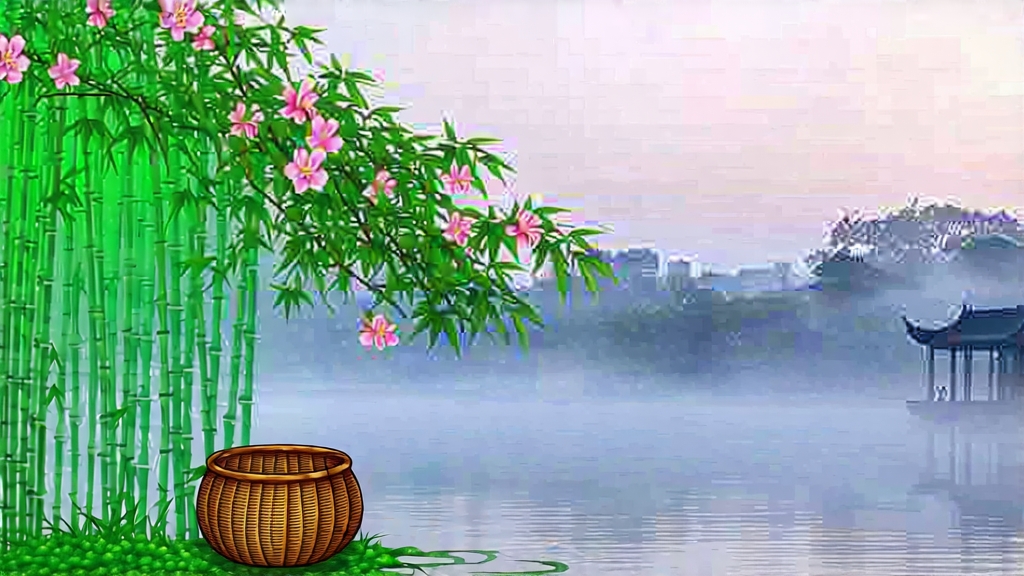
Tucked between the mist-laden hills of Dongting East Mountain and the gentle shores of Lake Taihu in Jiangsu Province, Biluochun—literally “Green Snail of Spring”—has charmed Chinese tea lovers since the late Ming dynasty. International drinkers often meet it under the older romanization “Pi Lo Chun,” yet whatever the spelling, the tea remains one of China’s ten most celebrated bushes, prized for its tiny spiral-shaped leaves and a fragrance so naturally floral that early pickers swore the bushes must have grown among fruit trees. In truth, they were half right: peach, plum, and apricot trees are interplanted through the terraces, their roots sharing the same quartz-sand soil and morning dew that nurture the tea. When the first spring warmth coaxes the buds to plumpness, the blossoms open simultaneously, and the tea absorbs their scent in a silent, weeks-long exchange that no withering rack or flavoring spray could ever replicate. The result is a liquor that tastes like drinking the breeze off an orchard just after rain.
History
The recorded story begins in 1699, when the Kangxi Emperor toured the Lake Tai region and was offered a small, curly tea so aromatic that he asked its name. Locals called it “Xia Sha Ren Xiang”—literally “scary fragrance”—because its perfume was almost unnervingly intense. The emperor, feeling the name inelegant, renamed it Biluochun for its snail-shell shape and spring harvest. Imperial favor sent demand soaring; by the Qianlong era, tribute quotas forced farmers to pick before Qingming festival, establishing the early-harvest standard still observed today. Maritime trade carried it to Tsarist Russia and Victorian London, where it fetched prices rivaling silver. Yet the 1930s war and subsequent collectivization reduced acreage to a handful of scattered old bushes. Revival began in the 1980s when clonal cuttings from the 800-year-old “mother tree” on East Mountain were grafted onto newly terraced slopes, giving the modern industry its genetic backbone.
Cultivars
Purists recognize only Dongting Dongshan and Xishan as the authentic core, but the cultivar itself—traditionally called “Dongting Qunti”—is a seed-propagated landrace rather than a single clone. Leaves are tiny, oval, and unusually thick in cuticle, an adaptation to lake fog that forces slower growth and higher amino acids. Since 1995, breeders have released improved clones such as Fuding Dabaicha Biluochun and Wannan 91-1, bred for colder Anhui sites, yet connoisseurs still chase the original “small-leaf” stock for its denser fragrance. Farmers can tell the difference by touch: traditional leaves feel almost leathery, curling back into a tight spiral when pressed between finger and thumb, whereas clone leaves spring open reluctantly and lack the peach-skin fuzz.
Plucking Standard
The classic grade is “one bud with one unfolding leaf” no longer than 2.5 cm, picked before 10 a.m. while dew still beads the surface. A skilled picker can gather only 600 g of fresh leaf in a day; 5 kg of raw material shrink to 1 kg finished tea. To protect the downy hairs, leaves are carried in shallow bamboo trays lined with cotton gauze, never in plastic sacks that would bruise and ferment.
Crafting the Spiral
Within four hours of plucking, the leaves undergo a six-step choreography that has changed little since the Qing.
- Sha Qing (Kill-Green): 150 °C wok, 4–5 minutes, 400 g per batch. The master’s wrist flicks the leaves along the wok’s wall in a figure-eight, halting oxidation at 5 %.
- Rou Nian (Rolling): temperature drops to 70 °C; leaves are rolled against the wok with both palms in a spiral motion, coiling them into the signature strip while rupturing 30 % of cell walls to release sap.
- Cuo Tuan (Forming): at 50 °C, small portions are twisted between thumb and forefinger into tight snails; this step demands the most skill—too loose and the aroma escapes, too tight and the leaf fractures.
- Ti Hao (Hair-Pulling): when leaves are nearly dry, they are gently rubbed with a fine bamboo brush to lift the silvery down, giving the finished tea its frosted jade color.